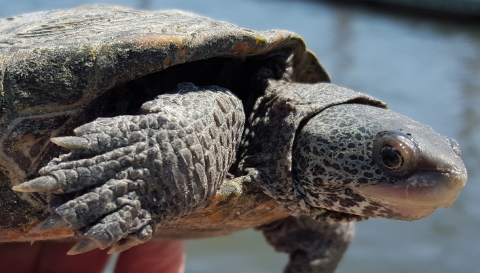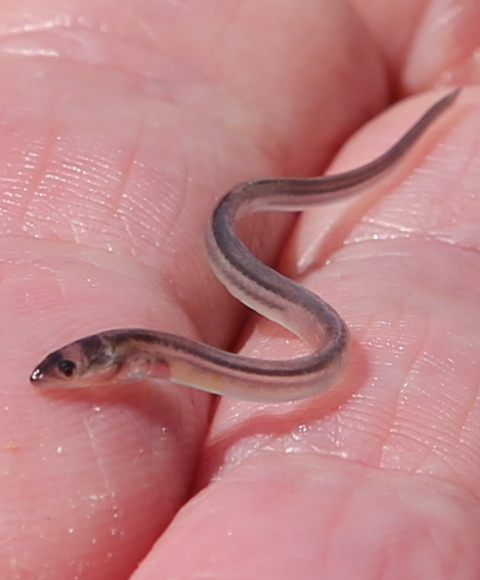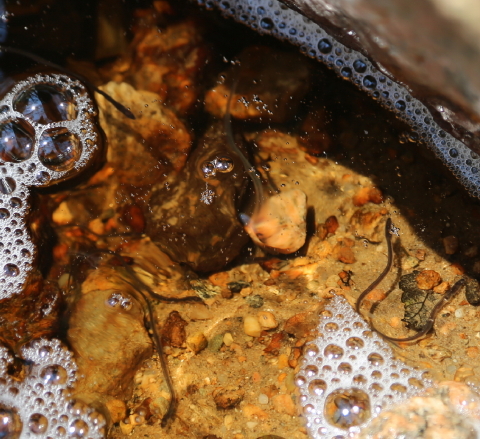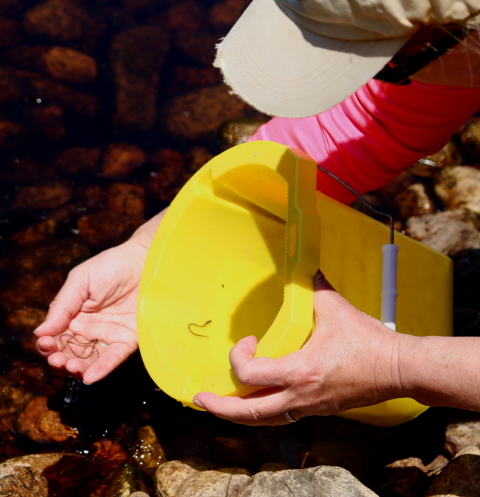Beautiful Female Diamondback Terrapin #601
Thursday morning, May 14th, broke beautifully. Â A gentle breeze nudged southerly temperatures into Buzzards Bay. Unfiltered sunshine did the rest, baking low tide drained mud flats into steamy saunas. Unquestionably a day for turtles!
Lucky Female Terrapin #7
We launched kayaks from Town Landing and headed for the major Sippican Harbor mating aggregations. Paddling through flat waters, we observed gorgeous female and handsome male diamondback terrapins gathering. Clearly, numbers were still light as many ladies and gentlemen lingered in oozy shallows, preferring to bake in soft mud baths rather than bask in the open air.
Handsome Male Diamondback Terrapin #28
Guys were snorkeling in the main channel, waiting for damsels to arrive. We spotted a few females on the bottom under mud mounds and gently tapped them on the shell, interrupting their sauna dreams. Needless to say, they were NOT amused … by neither the tap nor the dip net that quickly engulfed them.
Lucky Female Terrapin #7 Snorkeling in Shallows
One of the captured turtles had a very interesting story to tell. Female Terrapin #7 had been rescued in Central Massachusetts last year and released in Sippican Harbor on July 5th. Â When we examined her yesterday after a summer and full winter in Buzzards Bay, she proved in great condition, having gained 162 grams (14% increase) and having found her way into the most popular mating aggregation in the area.
Juvenile Female and Adult Male (Right) Terrapins Sloshing in Shallows
None of the terrapin females yet shows palpable egg development, but the season is young, and mating aggregations are just beginning. We also spotted a number of very young juveniles playing hide & seek in “quick mud” tidal flats in water depths less than 2 inches.








